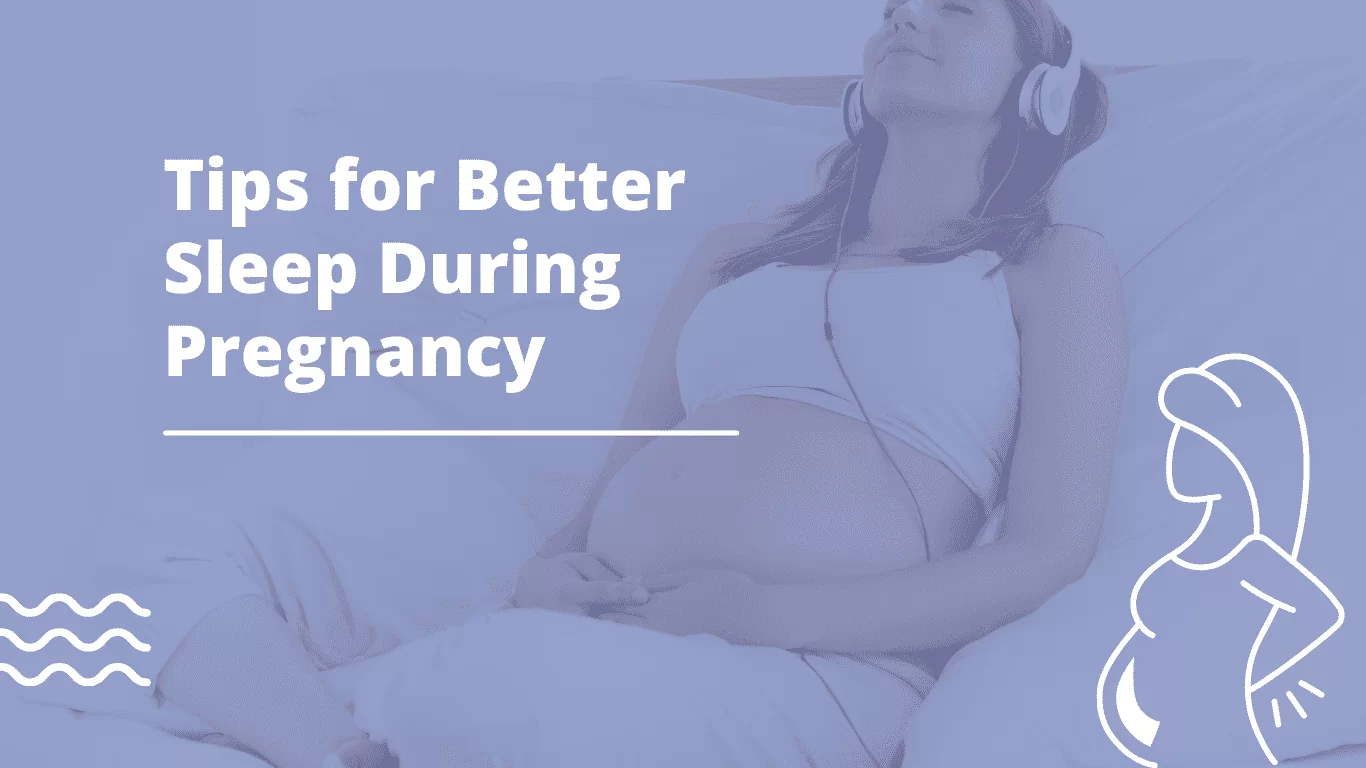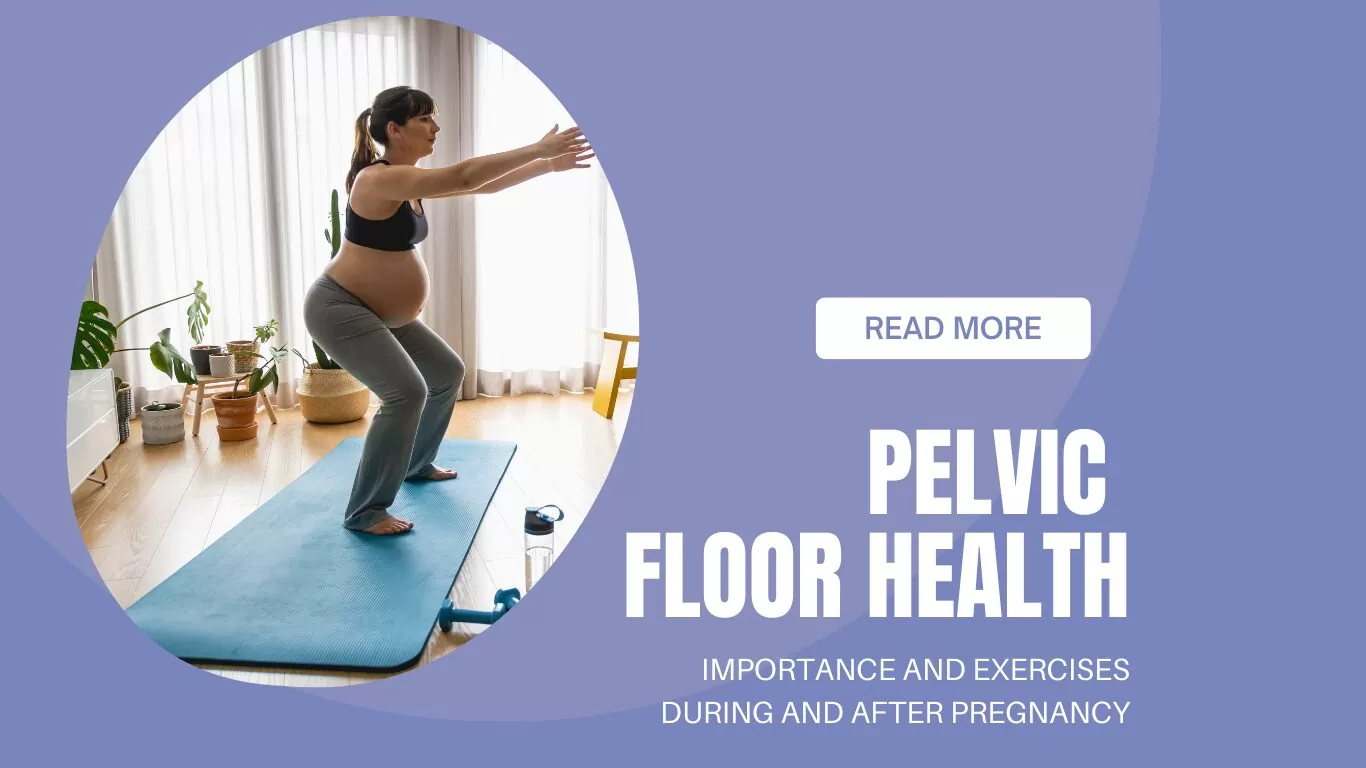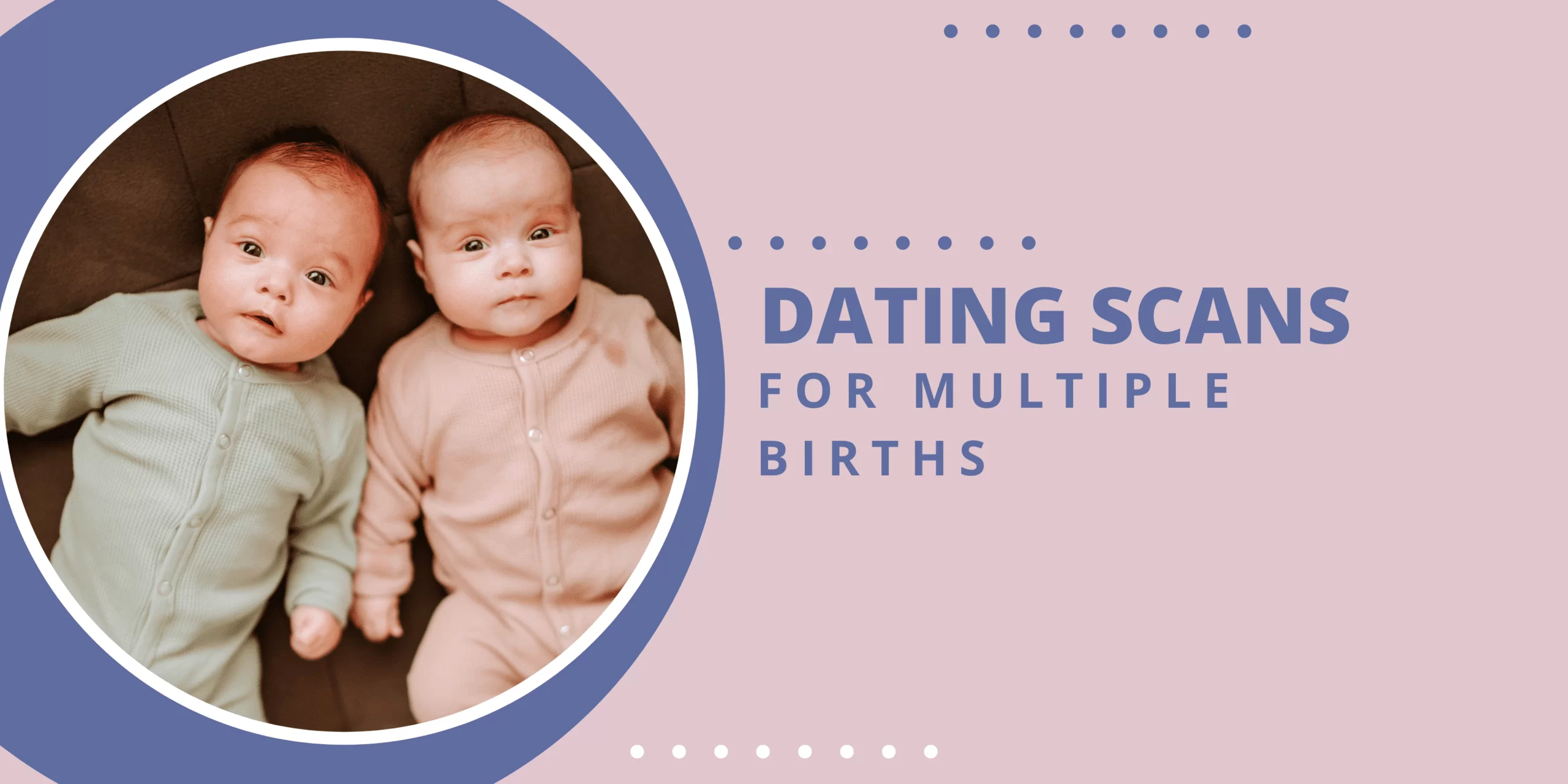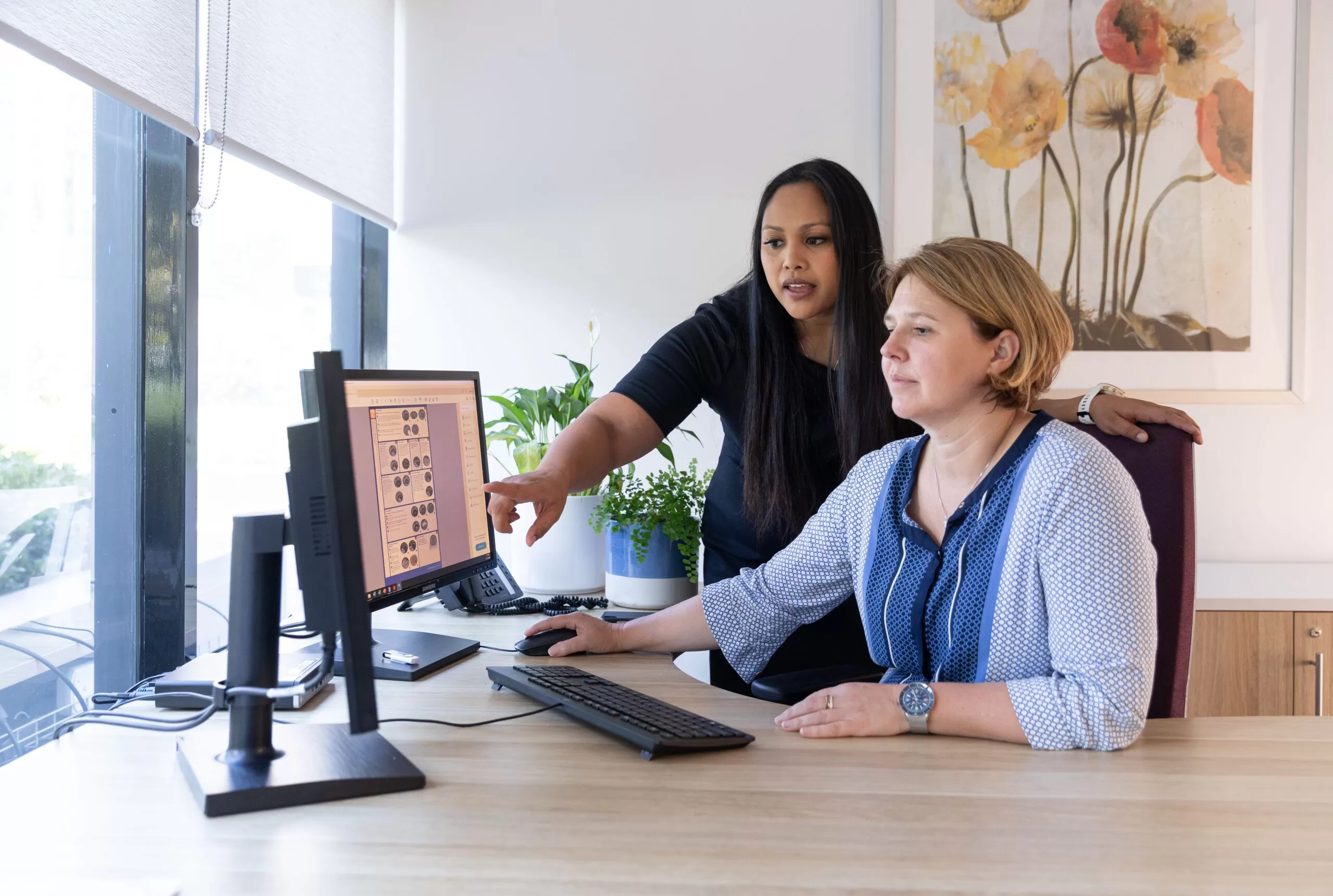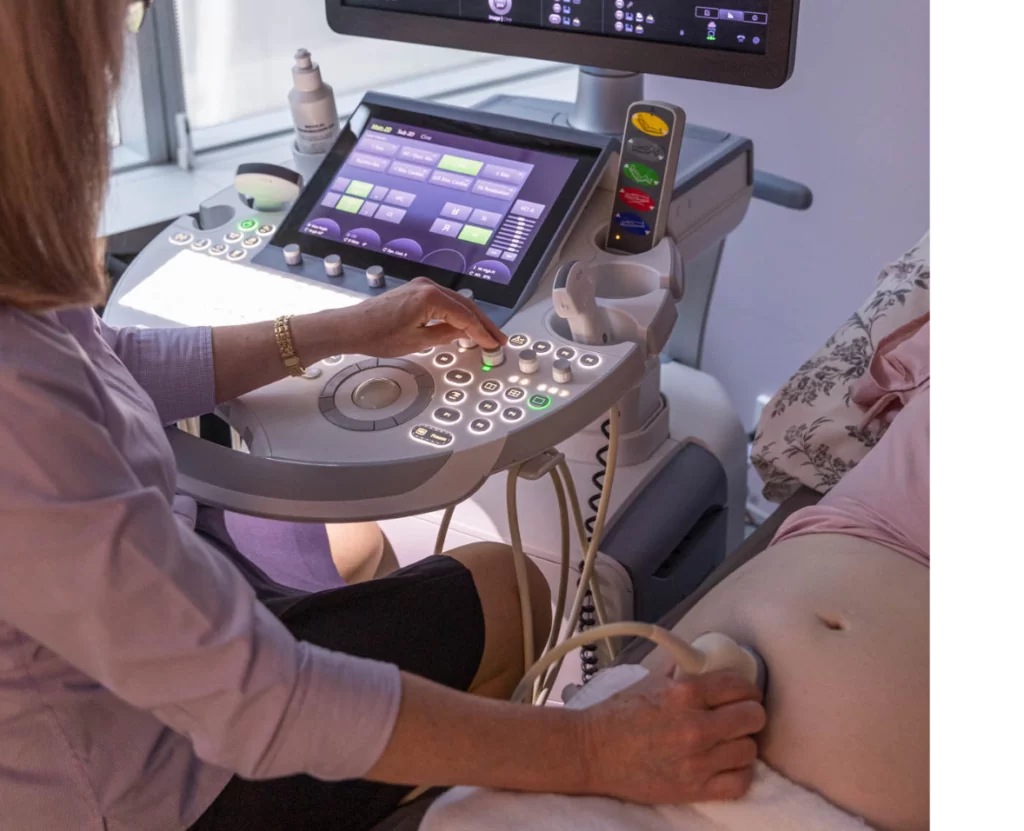14 weeks gestation is the second trimester of pregnancy and is a milestone for a lot of pregnant women. For many, morning sickness has stated to ease, their appetite is improving, and their energy levels are returning.
Other changes at 14 weeks
Some women notice their breasts getting bigger and some even start to produce early milk known as colostrum.
Pregnancy hormones are also at work on other parts of the body and can cause skin changes such as dark discolouration, spider veins, acne and skin tags.
Aches and short sharp pain in the lower abdomen are also common as the baby bump grows and the pregnancy hormones relax the ligaments in the pelvis.
Keep active, exercise and have a healthy diet
The Australian and New Zealand College of Obstetricians and Gynaecologists encourage regular aerobic and strength conditioning exercise for an average of 20 – 30 minutes 4 – 5 times per week during pregnancy.
Maintaining a regular exercise regime and staying active during pregnancy is very important. It will improve mood and help with aches and pains; keep you and your baby healthy and reduce the risk of the development of gestational diabetes.
How big is my baby at 14 weeks?
At 14 weeks, your baby roughly measures 12cm from the tip of the head to the bottom (crown rump length) and weighs 45 – 55 grams.
In fact, it is so large and difficult to measure the crown rump length, that 14 weeks marks the point where we start to measure the baby’s head, belly and leg bone individually. We then use these measurements to calculate the babies age and weight.
What has developed at 14 weeks?
By 14 weeks your baby’s internal organs; the arms and the legs are well-developed. There is even early toenail development (athough the toenails are too small for us to see on ultrasound!)
Babies can now use facial muscles and their nerves and reflexes are working. Your baby can move its head from side to side, up and down and all of their joints move freely.
This is a wonderful time of development, but it also makes scanning more difficult. The highly trained sonographers and obstetricians at Ultrasound Care are skilled in manipulating the ultrasound probe to get the images that we need, but some babies just don’t cooperate and sometimes we need extra time to check on the health of your baby.
Arrange an appointment for your ultrasound today.
For more information about your baby’s development, read our article about what expect during your first trimester and your early structural scan.

